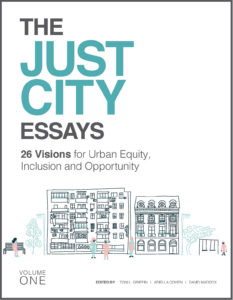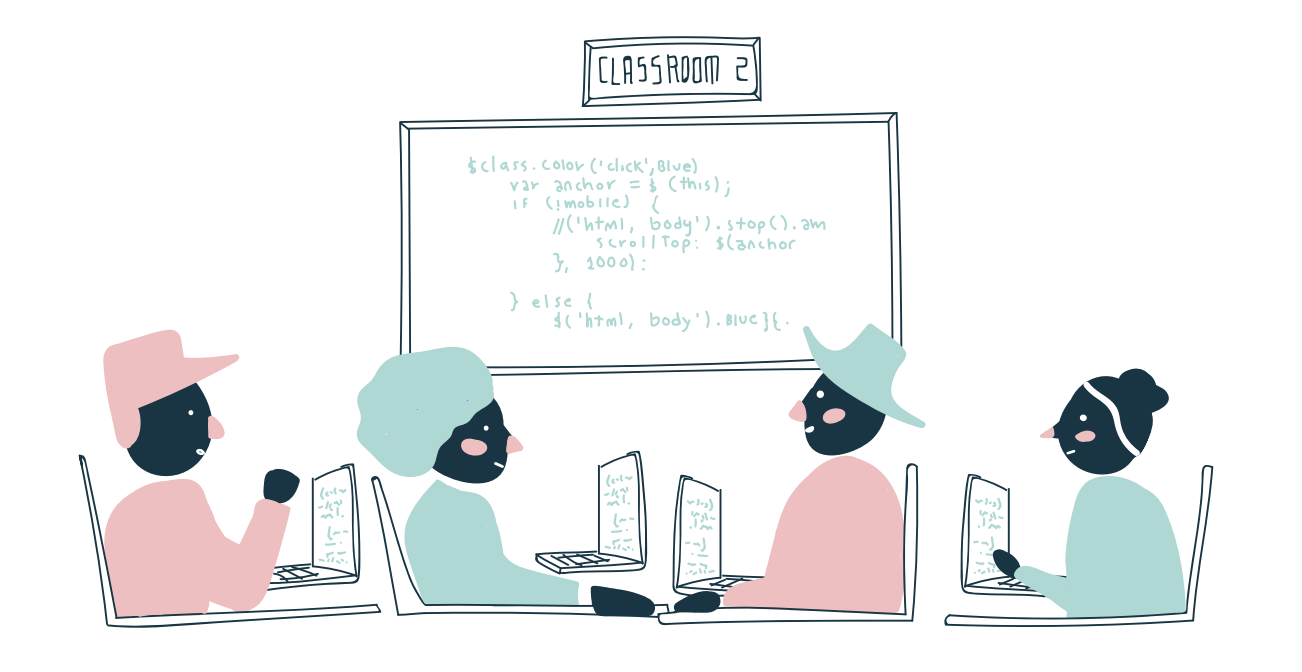“Five years ago, the Harvard Graduate School of Design’s Just City Lab published The Just City Essays: 26 Visions of Inclusion, Equity and Opportunity. The questions it posed were deceptively simple: What would a just city look like? And what could be the strategies to get there? These questions were posed to mayors, architects, artists, philanthropists, educators and journalists in 22 cities, who told stories of global injustice and their dreams for reparative and restorative justice in the city.
 These essays were meant as a provocation, a call to action. Now, during these times of dissonance, unrest, and uncertainty, their contents have become ever more important. For the next 26 weeks [starting June 15, 2020], the GSD and the Just City Lab will republish one essay a week here and at designforthejustcity.org. We hope they may continue conversations of our shared responsibility for the just city.
These essays were meant as a provocation, a call to action. Now, during these times of dissonance, unrest, and uncertainty, their contents have become ever more important. For the next 26 weeks [starting June 15, 2020], the GSD and the Just City Lab will republish one essay a week here and at designforthejustcity.org. We hope they may continue conversations of our shared responsibility for the just city.
We believe design can repair injustice. We believe design must restore justice, especially that produced by its own hand. We believe in justice for Black Americans. We believe in justice for all marginalized people. We believe in a Just City.”
—Toni L. Griffin, Professor in Practice of Urban Planning, founder of the Just City Lab, and editor of The Just City Essays
The Case for All-In Cities
By Angela Glover Blackwell
People of color are at the center of a demographic shift that will fundamentally change the global urban landscape. From the growing proportions of Latino, Asian, and African American residents in resurgent cities of the United States, to the diversifying capitals of Europe and the booming metropolises of Asia, Africa, and Latin America, cities populated by people of color are emerging as the new global centers of the 21st century.
Full inclusion is a challenge in nearly all of these urban communities, as local leaders struggle to both address the needs and harness the talents of their diversifying populations. The challenge may stem from rural to urban relocation, historical and continuing prejudice, migration within countries, or immigration. In the United States, this challenge is characterized most noticeably by race and ethnicity.
Before the middle of this century, the United States will become majority people of color; many American cities have already crossed that mark. This seismic shift requires a redefinition of the meaning of success for cities. How will cities reflect and advance the world we want to live in? How will they foster health and allow all residents to reach their full potential? Fundamental to these questions is the issue of inclusion: how will cities engage those who have traditionally been marginalized, excluded, ignored, or reviled because of race, religion, ethnicity, caste, gender or national origin? Continue reading on designforthejustcity.org…
